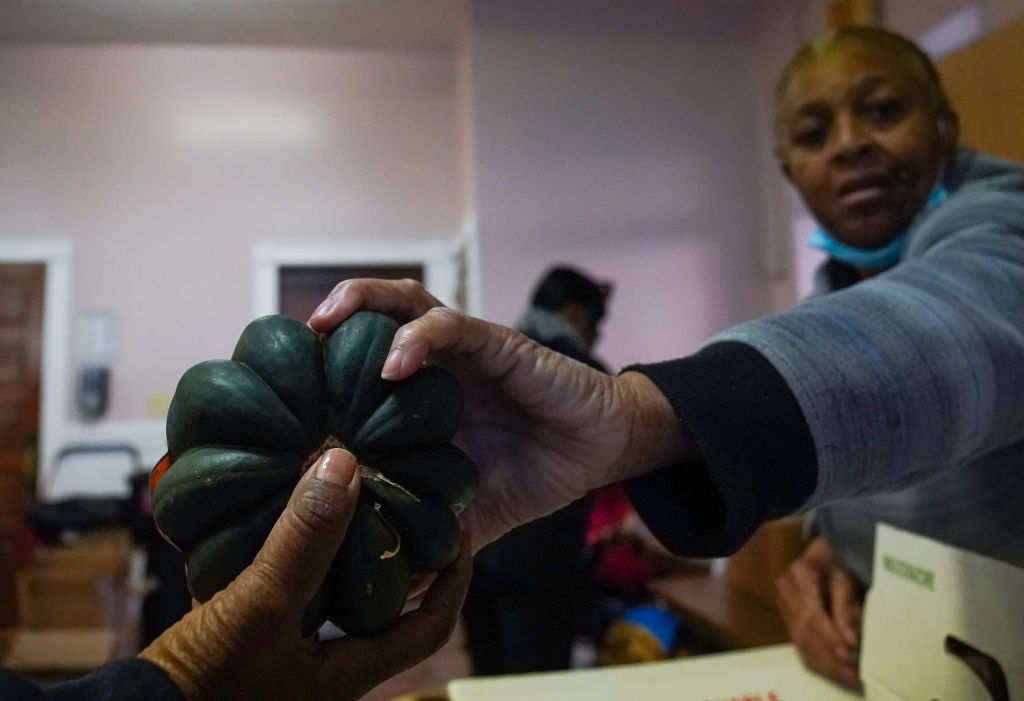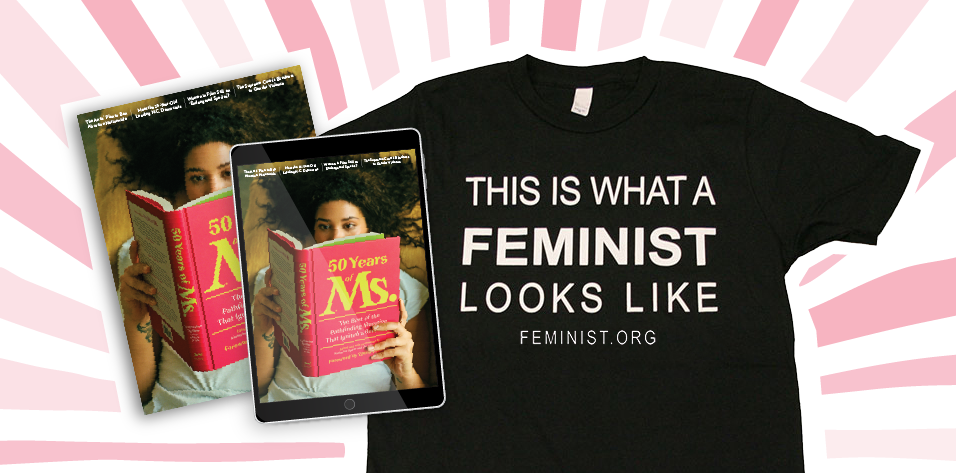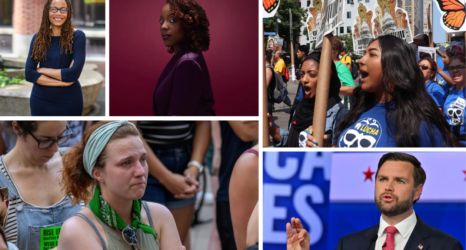Gender and income inequality are fueling the world’s unprecedented hunger crisis. Boosting equality for women everywhere will mean more people in the world have enough to eat.

It’s not hyperbole to say women feed the world. Yet around the globe and here in the United States, women and girls eat last when there’s not enough to eat.
In fact, gender and income inequality are key reasons today’s unprecedented global hunger crisis has persisted for so long and continues to worsen, according to a new report by CARE, the humanitarian organization I lead.
Just as important, the report finds that helping economies grow—touted by many world leaders as the antidote to hunger—might do more harm than good without also addressing inequalities between the rich and the poor. When an economy grows but equality stalls or inequality deepens, as is true today in the U.S. and many other parts of the world, more people go hungry.
I’ve seen how closely connected gender and access to food are, especially in times of crisis, in places like Somalia and Afghanistan, and here in the U.S. where inflation has pummeled families led by single moms particularly hard. Women grow, buy, and prepare our food—they make up half of the agricultural labor force of developing countries, for example growing 80 percent of Africa’s food.
Yet, there are 84.2 million more women and girls than men and boys facing food insecurity this year. Which means that to help end hunger, we must commit to a strategy that for too long has been ignored by global and U.S. leaders: Level the playing field for women and girls.
If we act now to give women and girls the same access to education, economic opportunity, movement, self-determination, and health and safety as men and boys, more people in the world will have enough to eat.
The number of people who have nothing to eat for days at a time jumped an incredible 58 percent between 2016 and 2022. Most of those people are women.
A Crisis Like We’ve Never Seen Before
The sheer scope of the current hunger crisis—initially brought on by COVID-19, weather disasters and climate crises, and rising food prices as a result of the Ukraine conflict—demands urgent action.
With acute hunger in 58 countries and rising food insecurity in dozens of others, 735.1 million people are going hungry—one in 11 people in the world. The number of people who have nothing to eat for days at a time jumped an incredible 58 percent between 2016 and 2022.
Most of those people are women. The gap between the number of women and girls who go to bed hungry every day compared to men and boys represents nearly twice the population of Ukraine. Even in the U.S. and other wealthy nations, the difference in the number of women and men who don’t have enough to eat is enormous and growing. The gap in North America and Europe together is 15 million, nearly three times what it was before the pandemic.
And the situation for those facing the worst hunger could soon get much worse. The United Nations’ World Food Program faces the worst funding shortfall in its history, a dire situation that could push many millions of people into starvation. The continuing conflict in Ukraine will keep food prices high around the world. Here in the U.S., poverty spiked in 2022, putting more people at risk of hunger and continuing to widen the gender gap.
We need better data about women and girls so we can understand why they are more likely to go hungry and what we can do to close the gender gap.
CARE’s new report finds that economic growth doesn’t end hunger once you take inequality into account. Women in every nation must be given equal opportunity to make money, start businesses, find care for their children, and grow food for their families.
Of course, the world must step up and fund food programs and other hunger solutions. But especially at a time when COVID has delayed gender equality by an entire generation, without a commitment to gender equality, those solutions will fall short.
Closing the Gap and Ending Hunger for All
Many of the poorest people across the world feed themselves and make money through small-scale farming. That makes it extremely important to open doors for women to have equal footing and equal pay when it comes to farm labor and other agricultural work. The United Nations’ Food and Agriculture Organization says these steps would “increase global gross domestic product by nearly $1 trillion and reduce the number of food-insecure people by 45 million.”
At CARE, we’ve modeled fighting hunger and gender inequality in a number of ways. We help small-scale farmers, particularly women, finance their businesses, and we help them gain the skills to be successful farmers and businesspeople. These types of initiatives should be prioritized and scaled up around the world.
Researchers at CARE and other organizations understand the male-female gap in hunger despite the fact that most food security datasets are strangely silent on gender. We need better data about women and girls so we can understand why they are more likely to go hungry and what we can do to close the gender gap.
In the U.S., we must ramp up support for programs like SNAP food assistance, child care subsidies, Medicaid expansion, and other initiatives that reduce poverty and hunger, increase wellbeing and empower women to feed their families.
These steps aren’t just about staving off hunger. For millions of women and girls across the globe, lack of food has wide-ranging ramifications for their well-being and safety. They may be forced into child marriage, trade sex for food, or take on exploitative, back-breaking jobs to feed their families and themselves.
There are many reasons to urgently fight for gender equality for women in every nation. The closer we get to equality, the closer we get to ending hunger everywhere, for everyone. That’s the world we should all want to live in.
IT’S (ALMOST) PINK FRIDAY! Shop Ms. for the perfect gifts for you and your favorite feminist: Receive 50 percent off all Ms. memberships—use code PINKFRIDAYMS23. And 20 percent off all merch with code PINKFRIDAYMERCH23.
Up next:
U.S. democracy is at a dangerous inflection point—from the demise of abortion rights, to a lack of pay equity and parental leave, to skyrocketing maternal mortality, and attacks on trans health. Left unchecked, these crises will lead to wider gaps in political participation and representation. For 50 years, Ms. has been forging feminist journalism—reporting, rebelling and truth-telling from the front-lines, championing the Equal Rights Amendment, and centering the stories of those most impacted. With all that’s at stake for equality, we are redoubling our commitment for the next 50 years. In turn, we need your help, Support Ms. today with a donation—any amount that is meaningful to you. For as little as $5 each month, you’ll receive the print magazine along with our e-newsletters, action alerts, and invitations to Ms. Studios events and podcasts. We are grateful for your loyalty and ferocity.






